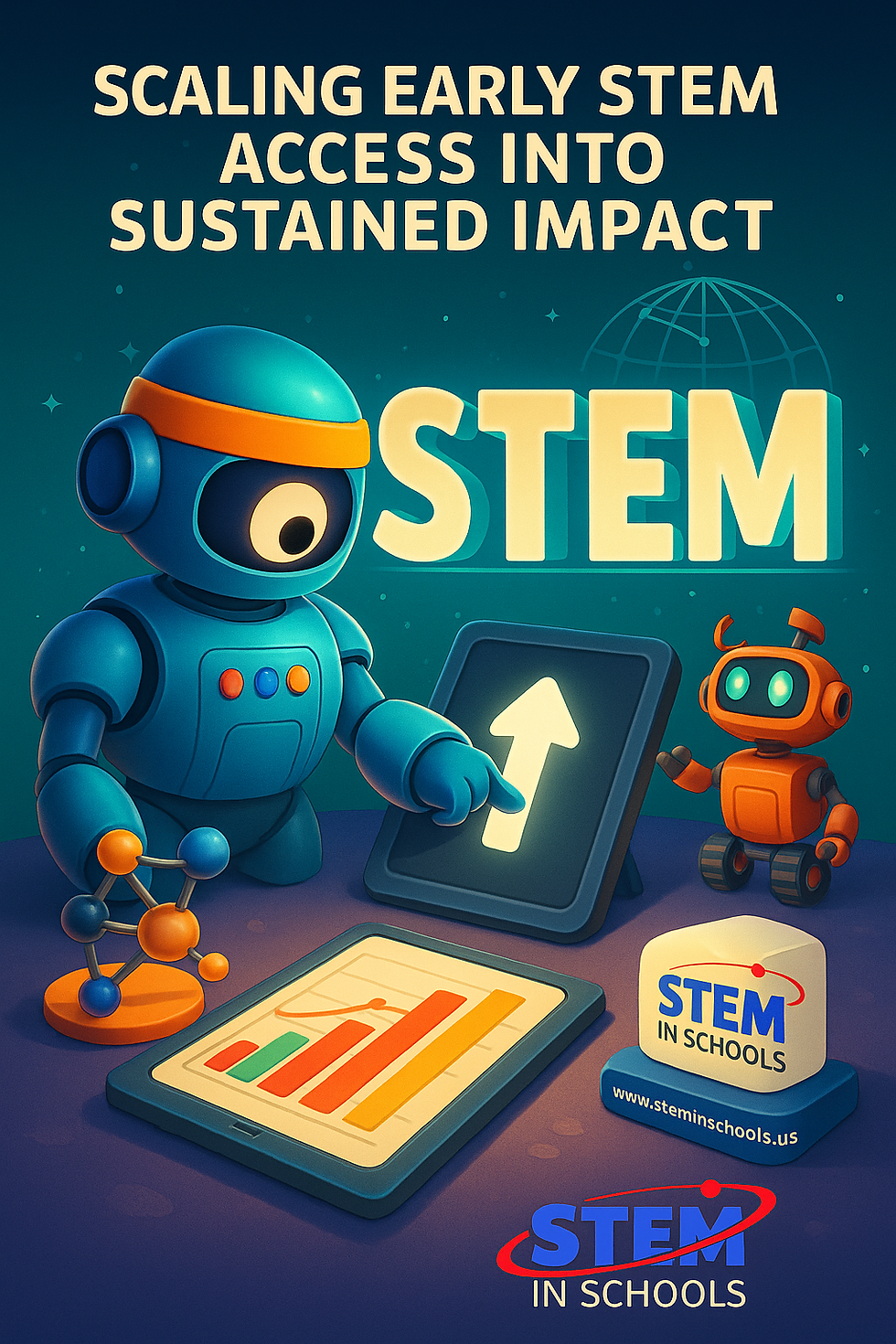Today, two developments illustrate how K‑12 STEM education is evolving to meet the demands of innovation and access.
- Eduardo Galindo

- Sep 4
- 1 min read
In Texas, Humble ISD’s recent $25K Comcast grant empowers Kingwood Middle and High Schools to provide accessible robotics experiences—transitioning from complex metallic tool sets to intuitive snap‑together kits. This change has already doubled hands‑on engagement and enabled participation in robotics competitions, laying the groundwork for deeper learning in engineering and coding.
Meanwhile in India, Telangana state’s government has taken a pioneering step by integrating coding, robotics, and AI into its primary school curriculum, supported by teacher training and curated educational materials. While the initiative promises to spark early curiosity and align with global standards, educators must ensure that technology serves as a catalyst—not a crutch—for problem-solving and critical thinking.
These stories underscore two enduring principles: invites to engage can transform potential into progress, and balance is key when introducing emerging technologies. For K‑12 STEM leaders, the challenge now is to scale access while cultivating autonomy—ensuring that every student gains both the tools and the agency to build their understanding.


.png)


Comments